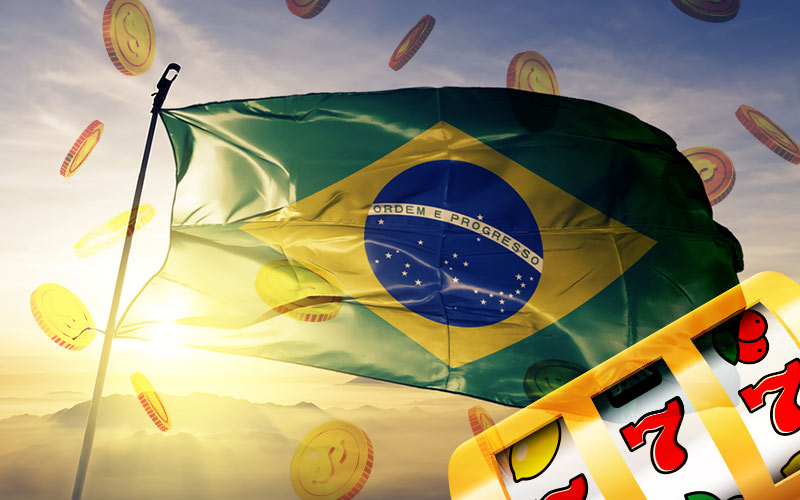Superpowers have long been a cornerstone of human imagination, representing the desire to break free from physical and mental limits. From legendary gods in mythology to today’s comic book heroes and villains, extraordinary abilities continue to shape stories, inspire audiences, and reflect timeless themes. The Superpower Encyclopedia serves as a comprehensive guide that not only catalogs these abilities but also connects them to the characters who bring them to life.
Overviews of Superpowers
At its foundation, the encyclopedia offers a broad overview of powers across categories. Physical abilities such as super strength, speed, and durability highlight enhanced human performance. Mental powers like telepathy, clairvoyance, and mind control emphasize the strength of the mind and consciousness. Elemental and natural abilities, such as controlling fire, water, or plants, reflect humanity’s fascination with mastering the environment.
Beyond these common types, more abstract powers like reality warping, time manipulation, or probability control push the boundaries of imagination. Each entry in the encyclopedia explains not only what the ability does but also how it can be applied, limited, or expanded in creative storytelling.
Techniques and Variations
A major strength of the Superpower Encyclopedia lies in its detail. Many powers are broken down into specific techniques and variations, giving creators a toolkit for originality. For example, super strength is not simply about lifting heavy objects—it can also involve superpower wiki shockwave punches, enhanced leaps, or resilience against physical damage. Similarly, elemental powers like ice control can branch into freezing enemies, creating weapons, or even lowering the temperature of entire environments.
By cataloging these variations, the encyclopedia goes beyond basic definitions, showing how powers can evolve depending on mastery, creativity, or character growth.
Characters in Action
What sets this encyclopedia apart is the connection between powers and the characters who use them. Abilities on their own are fascinating, but when embodied by heroes or villains, they gain meaning and narrative weight. A speedster is more than fast—they embody themes of time, urgency, and fleeting opportunities. A telepath raises ethical questions about privacy, trust, and manipulation.
Characters in action demonstrate how powers shape identities, conflicts, and storylines. Villains may use their abilities for domination, chaos, or revenge, while heroes often struggle with responsibility, control, and sacrifice. By linking powers to real examples, the encyclopedia helps readers see how abilities drive storytelling and resonate emotionally with audiences.
A Creative Resource
The Superpower Encyclopedia is not only for fans but also for writers, game developers, and world-builders. By exploring entries, creators can design characters with layered abilities, unique weaknesses, and compelling arcs. The inclusion of random power generators or curated lists allows for endless inspiration, encouraging users to imagine new heroes, villains, or even entire universes.
Conclusion
The Superpower Encyclopedia stands as more than just a catalog. It is a living archive of creativity, blending overviews of abilities with the dynamic characters who bring them to life. By exploring this resource, readers gain a deeper appreciation of how powers function, evolve, and inspire storytelling across generations. In the end, it is not only about what powers exist, but how they are used—and the stories they help create.
